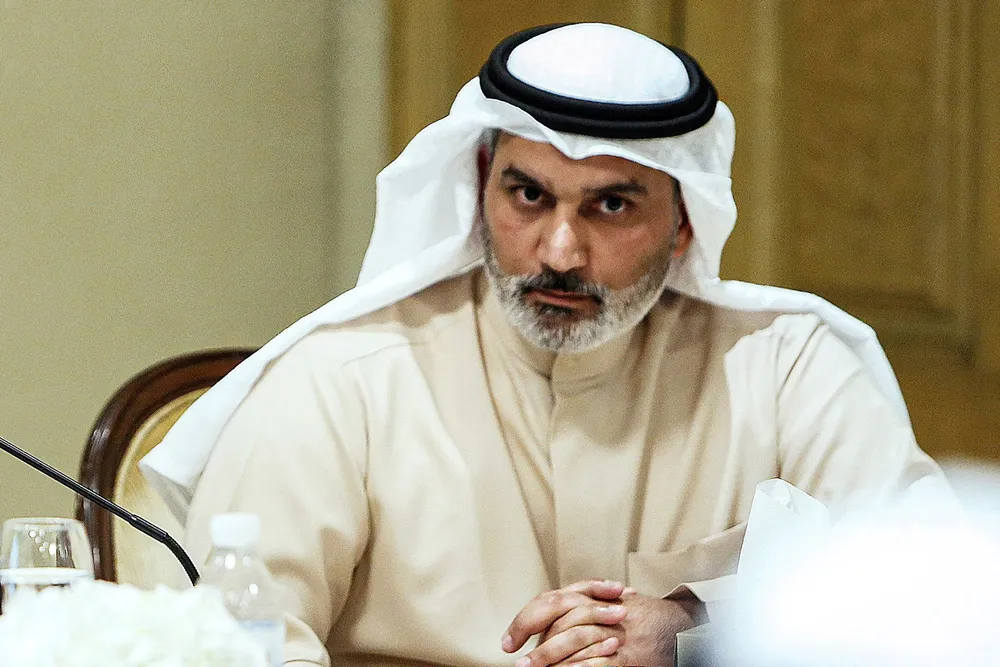Opec+ opts to trim back production seeking ‘stable’ price territory for the short term
Cartel says price volatility and higher levels of uncertainty require continuous assessment of market conditions

Cartel says price volatility and higher levels of uncertainty require continuous assessment of market conditions
